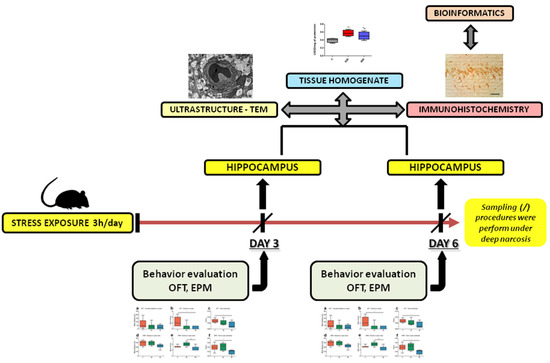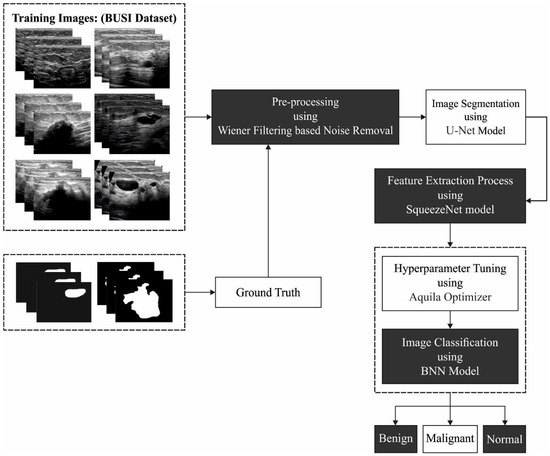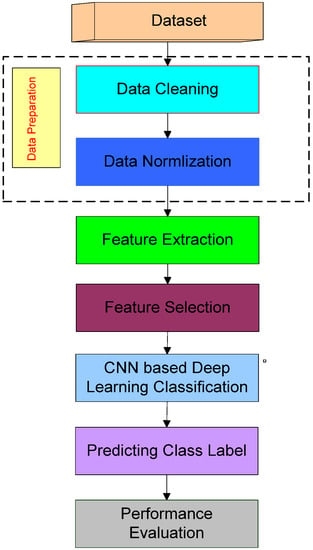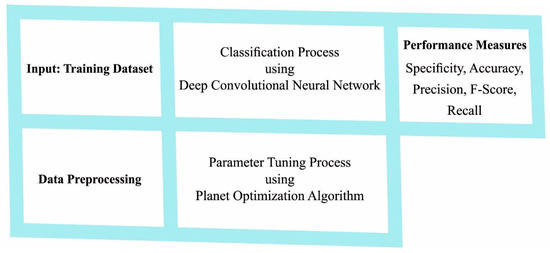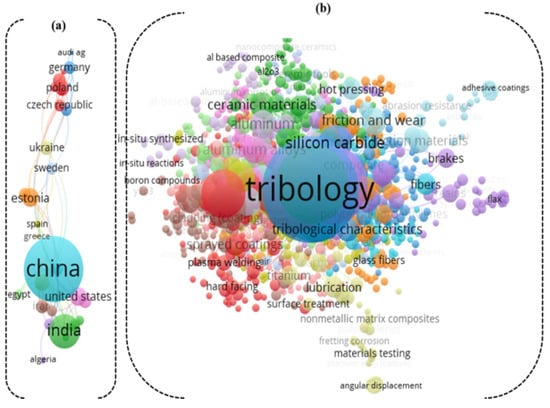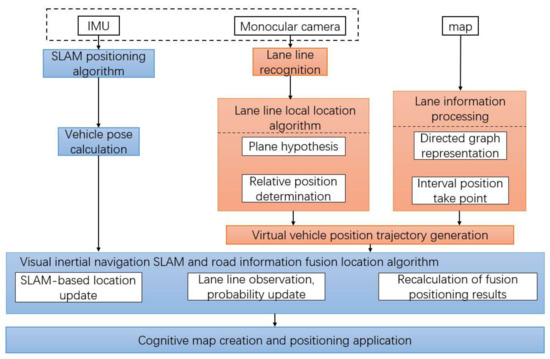Appl. Sci. 2022, 12(17), 8684; https://doi.org/10.3390/app12178684 - 30 Aug 2022
Cited by 3 | Viewed by 2209
Abstract
Magnetic resonance imaging (MRI) is an information-rich research tool used in diagnostics using image processing applications (IPAs), and the results are utilized in machine learning. Therefore, testing of IPAs for credible results is vital. A deficient IPA would cause the related taxonomies of
[...] Read more.
Magnetic resonance imaging (MRI) is an information-rich research tool used in diagnostics using image processing applications (IPAs), and the results are utilized in machine learning. Therefore, testing of IPAs for credible results is vital. A deficient IPA would cause the related taxonomies of the machine learning to be defective as well and diagnosis will not be perfect. Accurate disease detection by IPA, without surgical intervention, leads to improved quality of treatment. Current challenges for testing of IPA include an absence of a test oracle. One way to alleviate the test oracle problem is metamorphic testing which identifies the specific properties called metamorphic relations of the system under test. Previously metamorphic testing approaches have been applied and evaluated on IPAs, but there is no previous work on evaluation of metamorphic testing on MRI images. In this work, we have evaluated effectiveness of metamorphic testing on edge detection of MRI images. The aim of this study is to determine which metamorphic relations are more effective for metamorphic testing of edge detection in MRI images such as T1, T2 and flair images. Our results show that the fault detection rate of MR4 is highest and MR2 is the lowest among all type of MRI images at the threshold of 0.95.
Full article
(This article belongs to the Section Computing and Artificial Intelligence)
►
Show Figures



